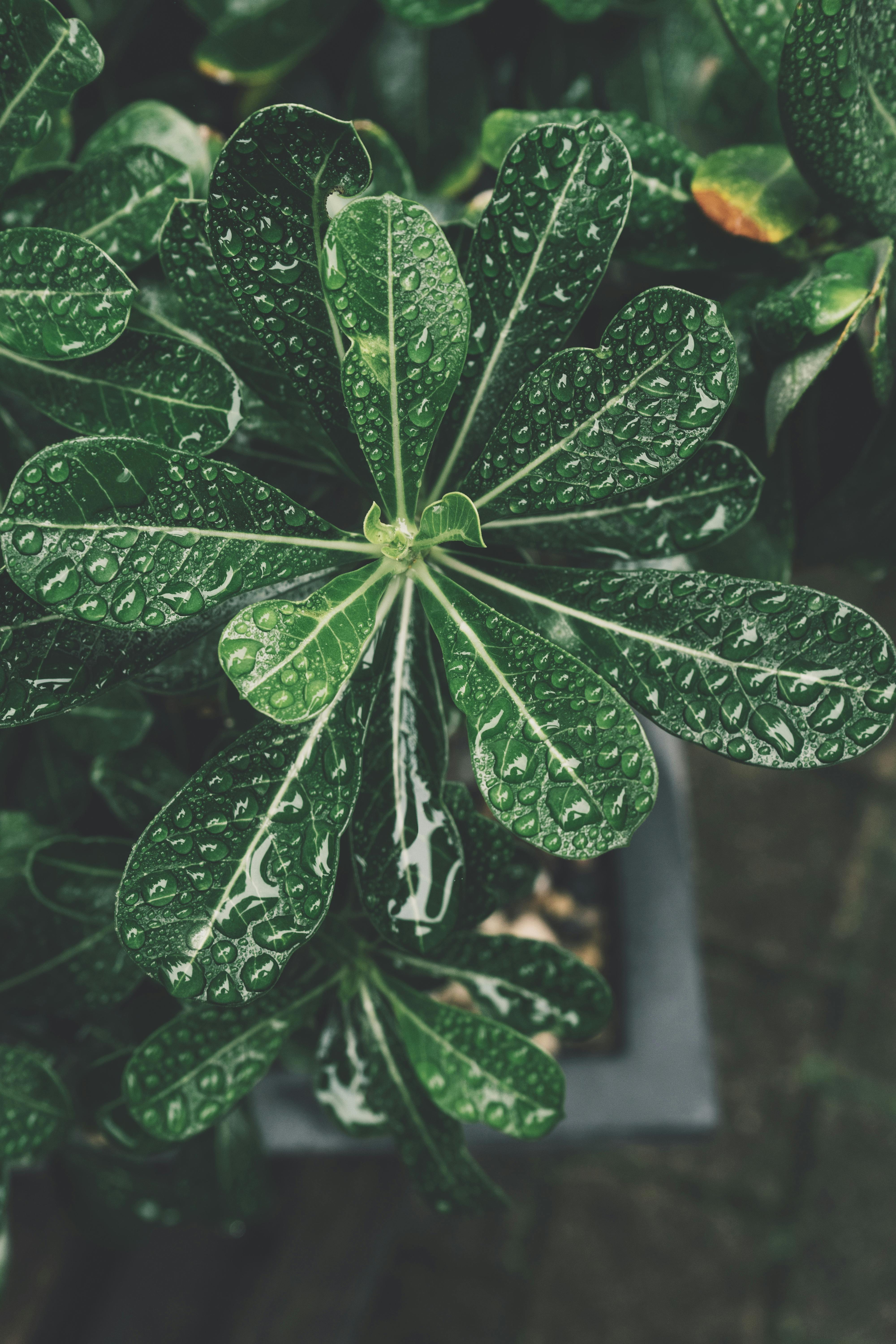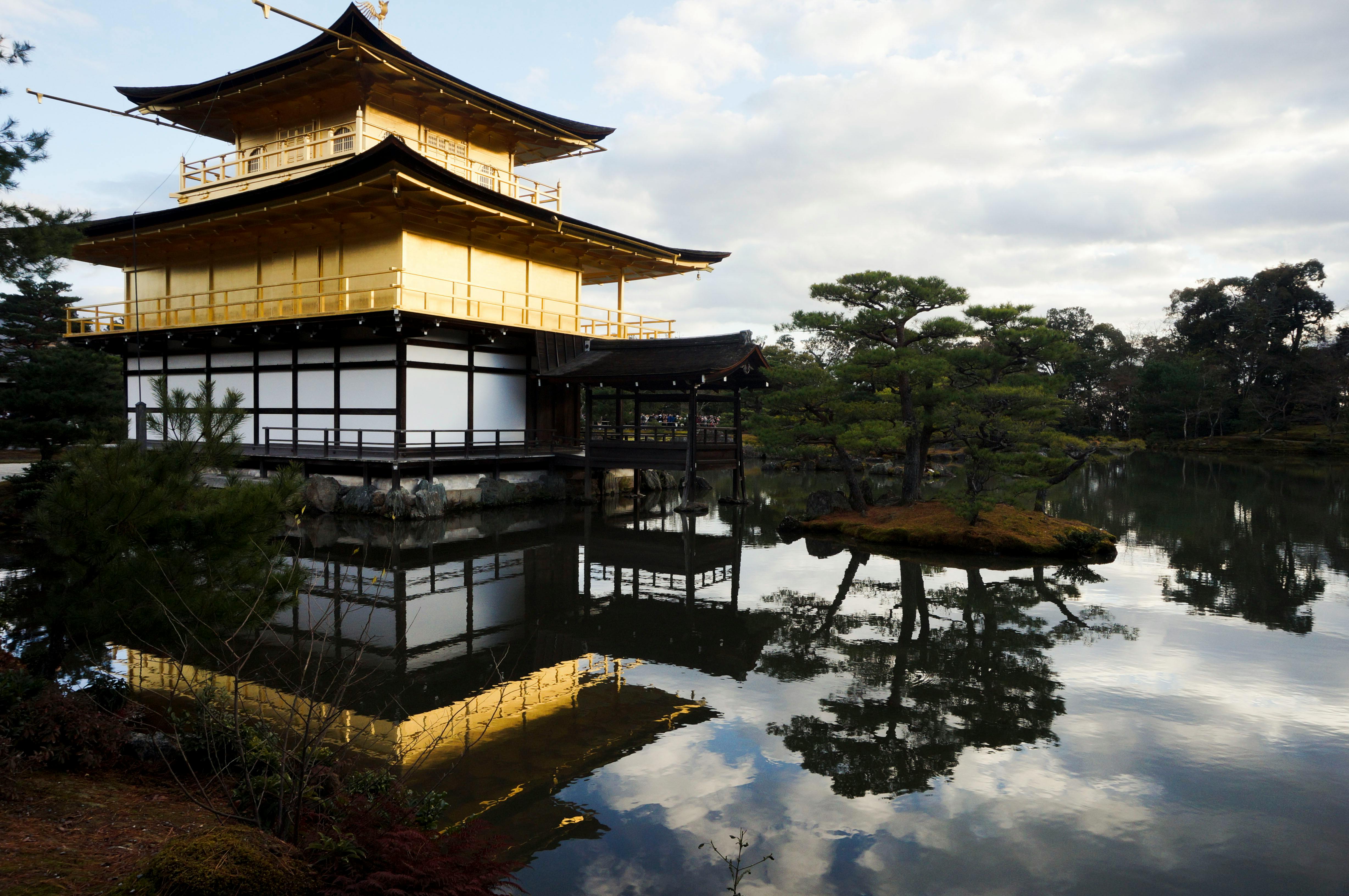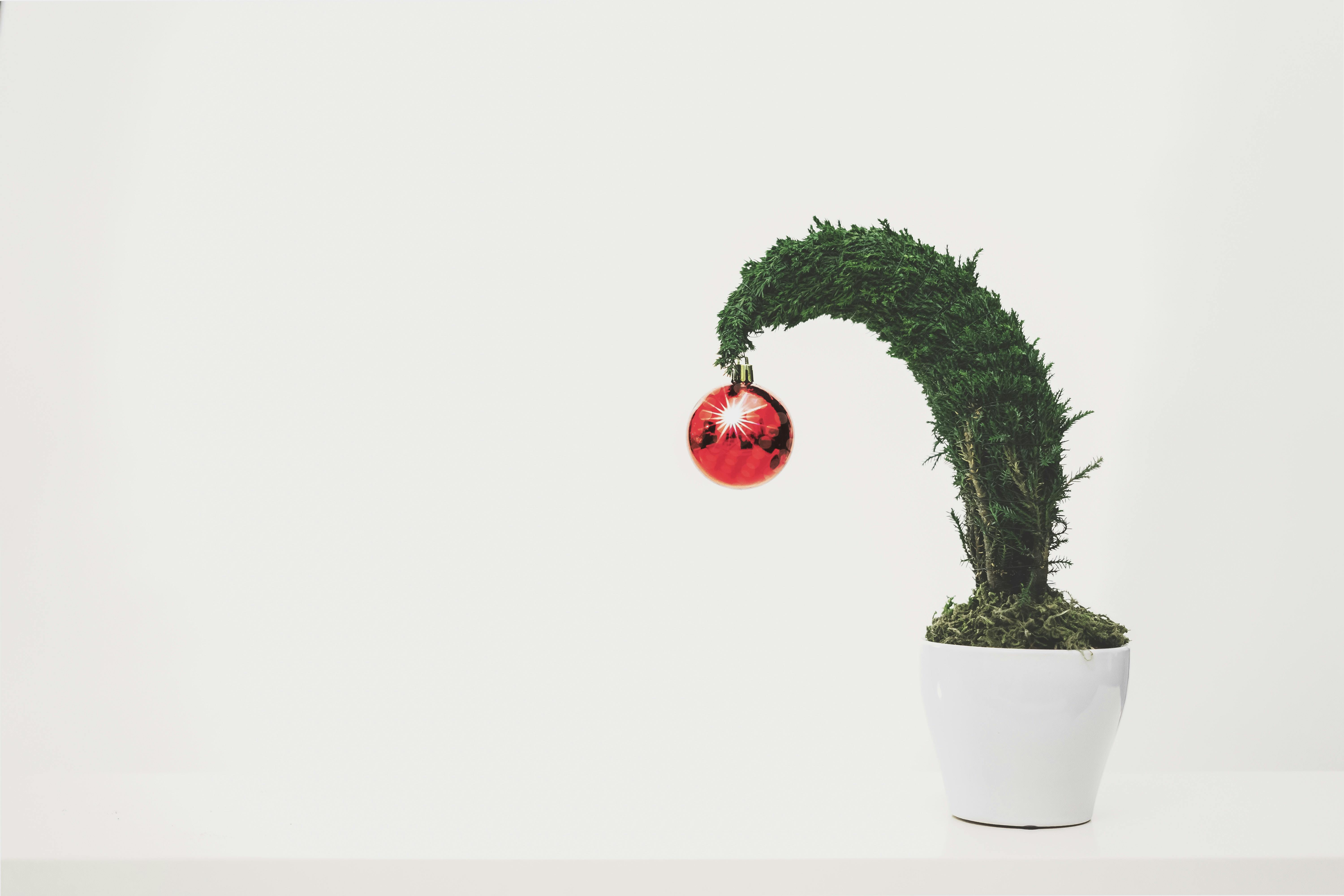
“The Perfect Bonsai: Different Techniques for Indoor Trees” explores the world of indoor bonsai cultivation. From identifying various tree species suitable for indoor settings to mastering elaborate techniques, this article takes you on a journey to nurture the perfect bonsai.
Here’s a key takeaway table for “The Perfect Bonsai: Different Techniques for Indoor Trees”:
| Key Takeaway | Description |
|---|---|
| 1. Bonsai Basics | Learn the fundamental principles of bonsai, including selecting the right tree species, potting, and pruning techniques. |
| 2. Indoor vs. Outdoor Bonsai | Understand the key differences between caring for indoor and outdoor bonsai trees, such as light, temperature, and humidity requirements. |
| 3. Watering Techniques | Master the art of proper bonsai tree watering, including frequency, methods, and the importance of well-draining soil. |
| 4. Pruning and Wiring | Explore the techniques of pruning and wiring to shape and maintain your bonsai’s desired aesthetic. |
| 5. Fertilization | Learn how to provide essential nutrients to your bonsai and the importance of balanced fertilization. |
| 6. Disease and Pest Management | Discover effective strategies to prevent and address common bonsai issues, such as pests and diseases. |
| 7. Styling and Design | Gain insights into different bonsai styles and design principles, enabling you to create a unique and harmonious composition. |
| 8. Patience and Dedication | Embrace the philosophy of bonsai, which emphasizes patience, dedication, and the journey of tending to these miniature trees. |
| 9. Bonsai Community | Consider joining a local bonsai club or community to connect with fellow enthusiasts, share knowledge, and gain inspiration. |
| 10. Continuous Learning | Bonsai is a lifelong learning journey; continue to expand your knowledge and skills to perfect your indoor trees. |
This table summarizes the key takeaways from the book “The Perfect Bonsai: Different Techniques for Indoor Trees,” helping readers understand the essential concepts and practices for successful bonsai cultivation.
Discover the awe-inspiring beauty of expensive and rare bonsai varieties, such as ficus, pine, juniper, and elm. Uncover insider tips on caring for these delicate plants, from choosing the right bonsai seeds to understanding specific care requirements.
Get ready to immerse yourself in the captivating art of indoor bonsai, where patience and dedication yield magnificent results.

Tree Identification
Trees are an essential part of our environment, and they come in a wide range of species. When it comes to bonsai, understanding different tree species is crucial to ensure the success of our miniature tree creation. Each species has its own unique characteristics, growth habits, and requirements. By familiarizing ourselves with tree identification, we can make informed decisions when selecting trees for bonsai.
Indoor vs. Outdoor Bonsai
Choosing between indoor and outdoor bonsai is a decision that greatly impacts the growth and health of our miniature trees. Indoor bonsai refers to tree species that thrive in controlled indoor environments, while outdoor bonsai consists of trees suited for the natural elements. It is vital to consider the specific conditions within our homes or gardens before deciding which type of bonsai to cultivate.
Choosing suitable trees for indoor bonsai
Indoor bonsai offers a perfect opportunity to bring the beauty of nature into our homes. However, not all trees are suitable for indoor cultivation. Certain species are better adapted to the controlled conditions found indoors, such as lower light levels and limited space for root growth. Choosing trees that can withstand these conditions is key to successful indoor bonsai cultivation.
Considering climate and lighting conditions
While indoor bonsai trees are shielded from the harsh elements, it is still essential to provide them with suitable climate and lighting conditions. Understanding the optimal temperature range and humidity levels for our chosen indoor bonsai species is crucial for their overall health and growth. Additionally, ensuring they receive adequate natural or artificial light is vital to promote photosynthesis and maintain their vigor.
Expensive Bonsai Varieties
Bonsai is not just an art form; it is an investment. Some bonsai trees are highly sought after by collectors and enthusiasts, commanding steep prices in the market. These high-priced bonsai varieties are often exceptionally rare or possess unique qualities that make them incredibly valuable.
Exploring high-priced bonsai trees
High-priced bonsai trees are a testament to the intricacy and artistry involved in bonsai cultivation. From ancient specimens with centuries of history to unique specimens that showcase exceptional aesthetics, these trees possess a certain allure that captivates enthusiasts and collectors alike. Exploring the world of expensive bonsai trees opens our eyes to the passion and dedication invested in the art of bonsai.
Factors that contribute to their value
The value of expensive bonsai trees is influenced by various factors. Age plays a significant role, with older trees often commanding higher prices due to their rarity and the time they have spent shaping and maturing. The uniqueness and rarity of certain species can also drive up their value, as collectors are willing to pay a premium for these extraordinary specimens. The overall aesthetics, including trunk shape, branch structure, and foliage, also contribute to the value of high-priced bonsai trees.
Popular Indoor Bonsai Plants
Indoor bonsai plants are a popular choice for bonsai enthusiasts who wish to cultivate miniature trees within their homes. These plants offer versatility, adaptability, and the opportunity to witness the beauty of nature up close. Among the various species suitable for indoor bonsai, a few have emerged as favorites among enthusiasts.
Ficus: A versatile choice for indoor bonsai
The ficus species is an excellent choice for indoor bonsai due to its adaptability and flexibility. It can tolerate low light levels, making it versatile for various indoor environments. Ficus bonsai can be trained in a range of styles, from formal upright to cascade and broom. With proper care and maintenance, these bonsai trees can thrive indoors and bring a touch of natural elegance to any space.
Juniper: Creating artistic shapes
Juniper bonsai trees are admired for their ability to create captivating shapes and unique artistic forms. These trees excel in both indoor and outdoor settings, but their compact, manageable size makes them an excellent choice for indoor bonsai. Junipers have a distinctive, rugged appearance, and with meticulous pruning and wiring techniques, they can be transformed into stunning masterpieces.
Elm: Minimalistic elegance
Elm bonsai trees exude a sense of minimalistic elegance, with their slender trunks and delicate foliage. They are popular indoor bonsai choices for their ease of care and their ability to thrive in a wide range of indoor conditions. Whether displayed as a classic upright style or trained as a cascade or semi-cascade, elm bonsai trees bring a sense of tranquility and grace to any indoor space.

Unique Bonsai Styles
While traditional bonsai styles are undoubtedly stunning, exploring unique bonsai styles allows us to break free from convention and create something truly distinct. These unconventional styles challenge our creativity and push the boundaries of bonsai art, resulting in extraordinary and captivating creations.
Ficus bonsai: Mastering various styles
Ficus bonsai provides a tremendous opportunity for experimenting with different bonsai styles. With the ficus species’ versatility and quick response to pruning and wiring, we can explore a wide range of styles, from formal upright to slanting, windswept, and even multi-trunk designs. The ability to adapt and shape ficus bonsai allows us to create truly unique and personalized miniature trees.
Pine bonsai: Captivating beauty
Pine bonsai trees possess a captivating beauty that is unrivaled. They have a unique charm, with their delicate needles and graceful form. The pine species lends itself to various extraordinary styles, such as the elegant literati style or the dynamic cascade style. Crafting pine bonsai requires patience and precision to maintain the tree’s distinctive characteristics while creating a visually stunning masterpiece.
Rare bonsai styles: Exotic and distinct
Exploring rare bonsai styles allows us to immerse ourselves in the world of exotic and distinct miniature trees. From the dramatic and eye-catching exposed root style to the mesmerizing raft style, these unique bonsai styles challenge our artistic sensibilities and offer a fresh perspective on the art of bonsai. Creating rare bonsai styles requires careful study, meticulous execution, and a willingness to push our boundaries.
Starting from Seeds
Embarking on the journey of bonsai from seeds is a truly rewarding experience. Witnessing the growth and development of a miniature tree from its earliest stages instills a sense of connection and accomplishment. Starting from seeds allows us to shape and train the tree right from its inception, resulting in a bonsai with a deep sense of personal attachment.
The journey of bonsai seeds
The journey of bonsai seeds is a meticulous and patient process. From selecting the appropriate tree species to understanding germination requirements, every step is essential for successful seed cultivation. Providing the ideal conditions for germination, including humidity, temperature, and light, is crucial to ensure the seeds sprout and grow into healthy young trees.
Nurturing young trees with care
Once the bonsai seeds have germinated and sprouted, the real work begins. Nurturing young trees requires careful attention to watering, lighting, and fertilization. Proper pruning techniques also play a vital role in shaping the young tree’s form and structure. With consistent care and dedication, these young trees will grow into stunning bonsai specimens, a testament to our patience and nurturing.

Essential Tree Care Techniques
Caring for bonsai trees involves various essential techniques that allow us to shape and maintain our miniature creations. These techniques, when mastered and applied with precision, ensure the health and longevity of our bonsai trees, while also enhancing their aesthetic appeal.
Pruning: Shaping bonsai with precision
Pruning is one of the fundamental techniques in bonsai cultivation. It involves selectively removing branches or foliage to create the desired shape and form. Pruning helps control the growth of the tree, redirect energy to specific areas, and maintain the overall balance and proportion. A steady hand and an understanding of the tree’s growth patterns are crucial to achieving precise pruning cuts and shaping the bonsai tree as desired.
Wiring: Sculpting branches and trunks
To achieve intricate and artistic shapes, wiring is employed in bonsai cultivation. By wrapping wire around branches and trunks, we can guide their growth and create elegant curves and bends. Wiring requires a delicate touch to avoid injuring or scarring the tree, as well as regular monitoring to ensure the wire does not cut into the bark. With patience and skill, wiring allows us to sculpt the bonsai tree into a living work of art.
Watering and fertilizing: Maintaining the right balance
Proper watering and fertilizing are essential for maintaining the health and vitality of bonsai trees. Finding the right balance between providing enough water and avoiding overwatering is crucial, as both can lead to detrimental effects on the tree’s roots and overall health. Similarly, fertilizing provides the necessary nutrients for growth but must be done in moderation to prevent excessive growth or nutrient imbalances. Monitoring the tree’s needs and adjusting watering and fertilizing routines accordingly is vital for the tree’s longevity.
Ensuring Indoor Bonsai Health
Indoor bonsai trees require specific care and attention to thrive in their controlled environments. By understanding and addressing key factors such as humidity, temperature, and the prevention of pests and diseases, we can ensure the health and vitality of our indoor bonsai trees.
Monitoring humidity and temperature
Maintaining optimal humidity levels is crucial for indoor bonsai trees, as they are often subjected to drier conditions than their outdoor counterparts. Implementing measures such as placing the bonsai pot on a humidity tray, misting the foliage, or using a room humidifier can help increase and regulate humidity levels. Additionally, monitoring the temperature and ensuring it remains within the suitable range for the chosen tree species promotes healthy growth and prevents stress.
Preventing pests and diseases
Indoor environments can provide a haven for pests and diseases that may adversely affect bonsai trees. Regularly inspecting the foliage and trunk for signs of infestation or disease is essential. Implementing preventive measures such as proper sanitation, maintaining good airflow, and using organic pest control methods can help mitigate the risk of pests and diseases. Taking immediate action at the first signs of an issue is crucial in preventing further damage and ensuring the bonsai’s health.

Adapting Juniper Bonsai
Juniper bonsai trees are known for their resilience and hardiness, making them an excellent choice for novice and experienced bonsai enthusiasts alike. Understanding the specific care techniques for juniper trees allows us to adapt their unique characteristics and ensure their health and longevity.
Understanding the resilience of juniper bonsai
Juniper bonsai trees are incredibly resilient and can withstand various environmental conditions. They are adapted to survive in harsh climates, making them ideal for both indoor and outdoor bonsai cultivation. Their ability to grow in rocky, nutrient-poor soils further exemplifies their resilience. By understanding and respecting these unique characteristics, we can provide the best care for juniper bonsai trees.
Specific care techniques for juniper trees
Juniper bonsai trees have specific care requirements that differ from other bonsai species. They thrive in well-draining soil and prefer to dry out slightly between watering. Pruning and pinching techniques should be employed with caution, taking into account the tree’s natural growth pattern. Junipers also benefit from occasional periods of dormancy, requiring a reduction in water and exposure to cooler temperatures. Adapting to these specific care techniques ensures the health and vitality of juniper bonsai trees.
Crafting the Perfect Bonsai
Crafting the perfect bonsai involves striking a delicate balance between aesthetics and natural growth. It is a meticulous process that requires patience, dedication, and a deep understanding of the chosen tree species. By embracing the artistry of bonsai cultivation and investing time and effort into the development of our miniature creations, we can strive towards creating the perfect bonsai.
Balancing aesthetics and natural growth
The art of bonsai lies in harmoniously blending human intervention with the tree’s natural growth patterns. It is essential to respect the inherent beauty of the tree while guiding its growth to create a visually appealing bonsai. Striking the right balance between creating an artistic shape and preserving the tree’s natural form requires a keen eye and an understanding of the principles of bonsai aesthetics.
Patience and dedication in bonsai cultivation
Crafting the perfect bonsai is not a process that can be rushed. It demands patience and dedication to nurture the tree over time and observe its slow transformation. Constant monitoring, adjustment of care techniques, and regular maintenance are essential to ensure the bonsai’s health and development. By maintaining a long-term perspective and investing ourselves fully in the cultivation process, we can create bonsai masterpieces that are truly magnificent.
In conclusion, understanding different tree species, whether suitable for indoor or outdoor bonsai, is crucial for successful bonsai cultivation. Exploring the world of expensive bonsai varieties reveals the passion and dedication behind these extraordinary trees. Popular indoor bonsai plants like ficus, juniper, and elm offer versatility and elegance. Unique bonsai styles, starting from seeds, essential tree care techniques, and ensuring indoor bonsai health further contribute to the art of bonsai. Adapting to the specific characteristics of juniper bonsai and crafting the perfect bonsai by balancing aesthetics and natural growth require patience and dedication. With these comprehensive techniques and practices, we can truly appreciate the artistry and beauty of bonsai cultivation.



